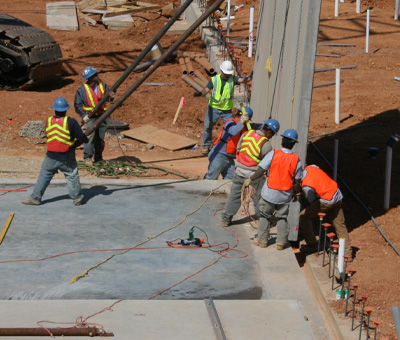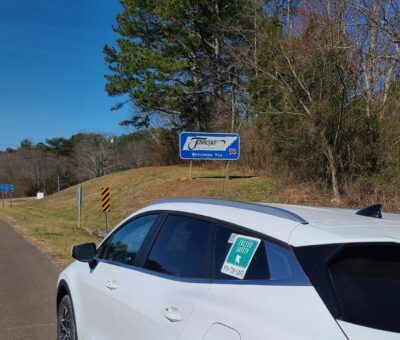In construction and various industries, Controlled Access Zones (CAZs) serve as a cornerstone of comprehensive safety and security strategies. These designated areas are critical for risk management, helping companies mitigate potential risks and safeguard employees within a restricted environment. The regulation of entry and exit points, coupled with controlling access to hazardous areas, plays a pivotal role in ensuring overall safety.
The Purpose and Objectives of Controlled Access Zones
The establishment of CAZs primarily aims to minimize risks associated with potentially dangerous situations. While this article focuses on construction sites, the principles of CAZs are equally applicable in diverse settings, including chemical plants and public spaces, to control traffic and prevent unauthorized entry. The objectives of implementing CAZs typically include:
- Enhancing Safety: By restricting access to hazardous areas, the likelihood of incidents and injuries among employees is significantly reduced.
- Enhancing Security: CAZs help prevent unauthorized persons from entering sensitive or restricted areas, safeguarding assets, proprietary information, and infrastructure against theft, vandalism, or sabotage.
- Regulation and Compliance: Ensuring compliance with relevant OSHA, state, and regulatory laws and standards helps avoid potential legal consequences.
- Managing Risk: Controlling access and monitoring activities within designated zones reduce the likelihood of incidents, enabling proactive identification and mitigation of potential risks.
Key Components of Controlled Access Zones
Several critical components help regulate entry into CAZs and ensure adherence to safety and security protocols:
- Physical Barriers: These include fences, gates, walls, or turnstiles that delineate the boundary of a CAZ, restricting unauthorized entry and guiding the flow of authorized personnel and vehicles. It’s essential to regularly inspect and maintain these barriers to ensure their continuous effectiveness.
- Monitoring and Surveillance: The installation of cameras and monitoring systems enables real-time observation of activities within a CAZ. These systems act as deterrents to unauthorized entrants and ensure a prompt response to any security breaches or safety incidents.
- Communication and Signage: Clear signage and robust communication protocols are crucial. They inform employees of the CAZ boundaries, entry requirements, safety regulations, and emergency procedures.
Conclusion: A Call to Action for Safer Workplaces
Controlled Access Zones are an essential tool not only in the construction industry but across many sectors, enhancing safety, security, and risk management. The establishment of clearly defined boundaries, the regulation of access, and the implementation of effective control measures are vital components of a robust safety culture. As we continue to embrace change and leverage technology, it’s imperative for organizations to assess and continuously improve their CAZ strategies, ensuring they remain effective in protecting employees and assets.
By adopting a proactive approach to CAZ implementation and staying abreast of regulatory changes and technological advancements, companies can not only comply with safety standards but also foster a culture of safety and security that benefits everyone involved.








